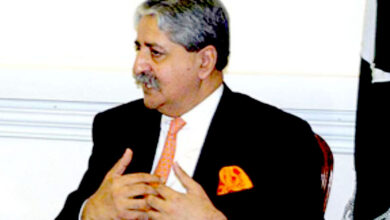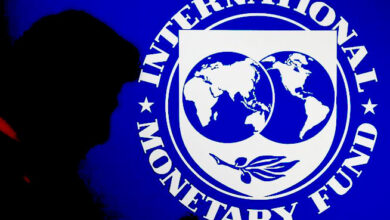FII Institute releases a new ESG framework and scoring method that includes everyone

LONDON: The Future Investment Initiative Institute held a summit in London about Environmental, Social, and Governance in emerging markets. It brought together world leaders, global CEOs, international investors, thought leaders, and heads of sustainability.
At the event, a new ESG framework and scoring method were shown to help investors in emerging economies make better decisions and move faster.
The new method aims to give fair ratings to companies in emerging markets, which are home to nearly 90% of the world’s population and about half of its GDP, but only get about 10% of ESG flows right now.
ESG rating agencies are one of the main things that keep investors from putting more money into emerging markets. At the moment, major rating agencies use key performance indicators that have nothing to do with emerging markets. The current frameworks put too much emphasis on disclosure and don’t look at how performance changes from year to year.
The new framework, which was made with the help of Ernst & Young, gives more weight to performance improvement over time than to the amount of information shared. It also puts more weight on sectoral challenges than on country risks, so that companies in both emerging markets and developed markets can compete fairly.
The FII Institute is putting €500,000 ($527,515) into Timbeter, a top green technology company that focuses on measuring wood. Timbeter is a photo-optics app powered by artificial intelligence that can count the number and length and diameter of logs in a certain area.
Timbeter is a software as a service (SaaS) workflow management solution for the timber industry. It was started by CEO Anna-Greta Tsakhna and CTO Martin Kambla at the Nordic Hackathon in 2013.
Forestry is still an important and controversial topic, as the size of the world’s forests has shrunk by a third in the last hundred years due to careless actions.
This technology is the key to better forest management and a more sustainable forest sector.
The ESG white paper, on the other hand, is meant to get more ESG investments into emerging markets. It asks investors to commit in public to putting at least 30 percent of their committed and invested capital into emerging markets by 2030, up from less than 10 percent right now. It also asks governments to push companies with headquarters in emerging markets to be more proactive about sharing important information through their normal reporting channels.
The CEO of the FII Institute, Richard Attias, said, “At the heart of what we do at the FII Institute is to raise awareness about the flaws in current ESG standards and how they affect the prospects for global sustainability, and to push for an inclusive and fair application of ESG by getting key players around the world to take real action.”
“ESG is one of the fastest-growing investment strategies, with one-third of all assets under management. But this growth isn’t all the same. Working with our partners at EY, we found and got rid of the things that often get in the way of ESG investments in emerging markets,” he said.
“By releasing the Inclusive ESG Framework and Scoring Methodology, investing in a global sustainable solutions company, and publishing our recent ESG white paper, we are taking real steps to make the future better for everyone. And we are sure that our partners around the world will help us move these actions forward.”





